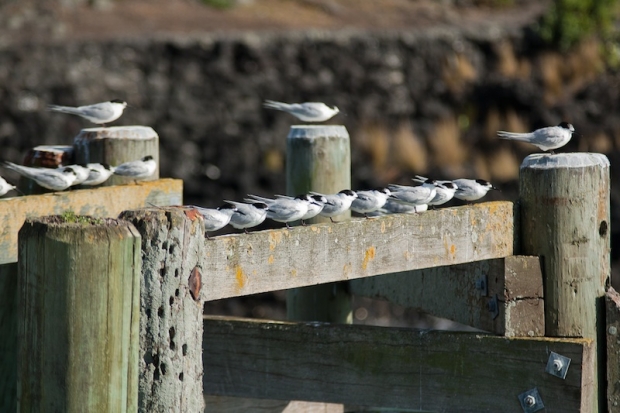
When I'm asked what I do for a living, the responses that I get range from the infuriating: 'You must have a really great camera' to the inane: 'People write books about photography?' as well as the interesting. One of the interesting ones landed my way the other evening when I was chatting to someone whose wife enjoys taking photos.
'What one thing can my wife do to improve her photos?'
My answer was immediate, and pretty simple: 'Evaluate them.'
If you want to get better at taking photos, it's all very well being told that you need to practise, practise, practise, but you need to do a little bit more than that. You see, unless you critically assess your photos to work out what worked, what didn't, and why, all that practising will just result in a harddrive full of images that suffer from the same flaws and foibles. So you need to evaluate them: the good, the bad, and the what should I do differently.
Haje has written a very helpful guide to practical photo evaluation. His approach is both creative and technical and I would definitely recommend it for people whose photographic knowledge is above average and are serious about improving. But if you're just starting out, or if you just want to know how to make your holiday snaps that bit better, it might be a touch too complex.
So here's a simpler version.
- You do this at home on a big screen. Don't try to evaluate photos properly on the screen on the back of your camera. That's a recipe for disaster.
- When you look at the photo, choose one thing about it that works. Is the composition bang-on? Have you captured the moment perfectly?
- Then ask yourself: Why is it working?
- Now identify one thing that isn't working. Is the exposure slightly off? Are the eyes not quite in focus?
- In which case, what do you need to do to improve it?
- Next time, make sure that you do it!
If you follow this process for every photo that you take, you'll quickly discover that you probably have certain photographic strengths and particular photographic weaknesses. By identifying them, you'll be able to build on what you do well, and make adjustments and improvements to remedy the areas where you struggle. With time, you should notice that you're taking better photos all round, and maybe even that what you're good at and what you find less easy, change.
Then, as you learn more, you can progress to far more thorough photo evaluations, and grow even more advanced!





